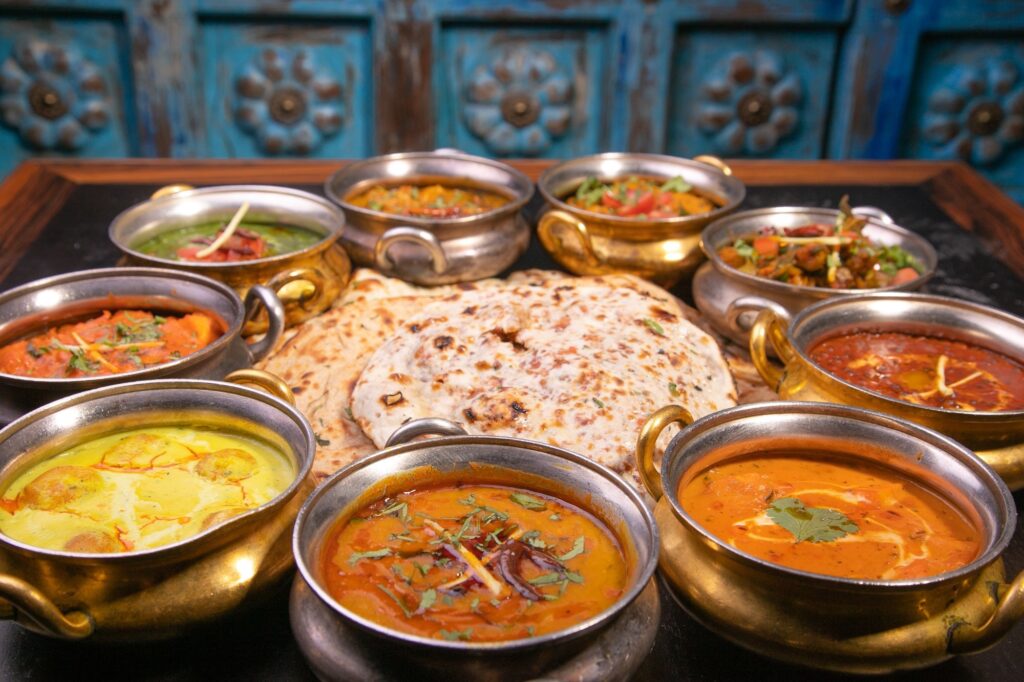Scientists have developed an open-access Indian Nutrient Data Bank that contains information on the nutritional content of individual foods as well as commonly eaten recipes.
Their study, funded by the Bill & Melinda Gates Foundation, is published in the journal Current Developments in Nutrition.
 Developing a food composition database for India. Image credit: Nakhshkarian Narine / Shutterstock
Developing a food composition database for India. Image credit: Nakhshkarian Narine / Shutterstock
background
Food composition databases are essential for dietary assessment and allow users to estimate daily nutrient intakes, which is important for monitoring population- or individual-level nutrient intakes that are not consistent with recommended intakes or dietary guidelines. Therefore, a comprehensive and context-specific food composition database is essential for advanced nutrition research and policy making.
The Indian Council of Medical Research-National Institute of Nutrition (ICMR-NIN) has estimated the nutritional content of hundreds of raw foods and included them in the Indian Food Composition Table (IFCT), available since 2017.
The IFCT includes nutritional values for eight micronutrients and 528 raw foods, which together account for 75% of energy, fat and protein intake at the population level.
For this study, scientists developed an openly assessed Indian Nutrient Data Bank (INDB) that contains both raw foods and standard Indian recipes.
Study design
The INDB was developed in two stages: First, a database of nutritional composition of raw foods was developed from the IFCTs of 2017 and 2004. Specifically, nutritional composition of 528 and 369 raw foods was collected from the IFCTs of 2017 and 2004, respectively.
In this study, the UK Food Composition Tables were used as a secondary source of energy values for some raw foods not listed in the IFCT.
In the second phase of the study, a database of commonly consumed Indian food recipes was developed. The database contained 1,014 recipes and included information on the amount of each ingredient used in each recipe, the total weight of the recipe, the number of servings in the recipe, and the serving size.
Sensitivity analysis adjusting for nutrient losses due to cooking. Data taken from the United States Department of Agriculture (USDA) Nutrient Retention Factor Tables were used in this analysis.
 Nutritional composition of commonly consumed complex dishes (energy (kcal), protein (g), dietary fiber (g), calcium (mg), vitamin A (μg), vitamin C (mg), nutrient retention factors not considered). The dishes fall into four categories: “bread”, “main dish”, “curry” and “dessert”.
Nutritional composition of commonly consumed complex dishes (energy (kcal), protein (g), dietary fiber (g), calcium (mg), vitamin A (μg), vitamin C (mg), nutrient retention factors not considered). The dishes fall into four categories: “bread”, “main dish”, “curry” and “dessert”.
Important Observations
The final INDB contained 1,095 raw foods and 1,014 recipes. The nutritional content of common composite dishes varied widely, as did the minerals and vitamins.
The highest nutrient retention after cooking was for calcium and zinc, while the highest nutrient losses due to cooking were for vitamin C, potassium, and phosphorus. Potassium decreased by 5.15 mg after cooking.
Overall, there was a significant decrease in nutritional value after cooking, but the magnitude of the differences was small.
The INDB and the British Food Composition Tables showed non-systematic differences in the nutritional values of comparable complex dishes: for some nutrients and complex dishes the INDB showed higher values than the British Food Composition Tables, but for other nutrients and complex dishes it showed lower values.
These differences may be due to fundamental differences in the nutritional content of ingredients, differences in recipes for the same dishes in the UK and India, and differences in laboratory methods for estimating nutritional value.
Significance of the study
The study will provide a unique open assessment India Nutrition Databank that will enable researchers, government and other private organisations to estimate nutrient intakes in India and inform interventions and policies to reduce malnutrition.
Existing literature indicates that the nutritional content of foods gradually declines over time, and it has also been documented that the nutritional content of foods can vary significantly depending on where they are produced.
Current studies do not take these factors into account, which may lead to erroneous estimates of nutritional value.
The INDB does not include the nutritional value of packaged foods, which the scientists consider a potential limitation of the study. They stress that an updated INDB needs to be developed that includes the nutritional value of packaged foods to accurately estimate the dietary intake of the Indian population.
Their next plan is to correct the loss or gain in nutritional value of Indian food through cooking and include more regional food recipes in the INDB.
All analysis code and files are publicly available and freely available on GitHub: https://github.com/lindsayjaacks/Indian-Nutrient-Databank-INDB



